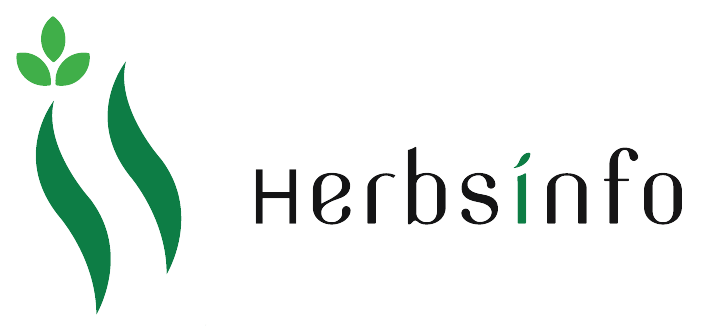INTRODUCTION
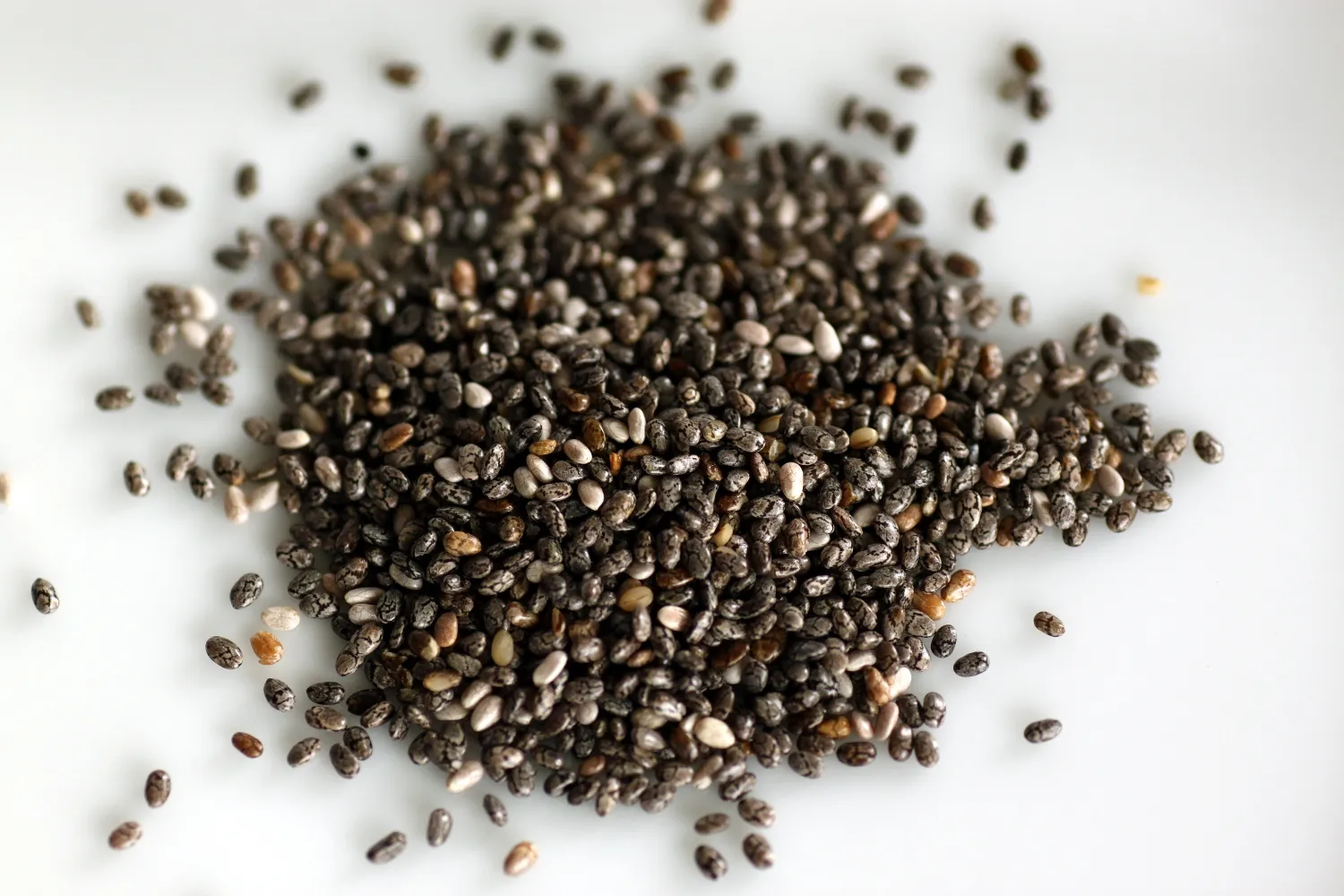
Chia seeds are tiny, nutrient-dense seeds that come from the plant Salvia hispanica, a member of the mint family native to Central and South America. They have gained popularity as a health food due to their rich nutrient profile and versatility in various dishes. Here’s a rundown of their key attributes and benefits:
Nutritional Profile
Chia seeds are a rich source of:
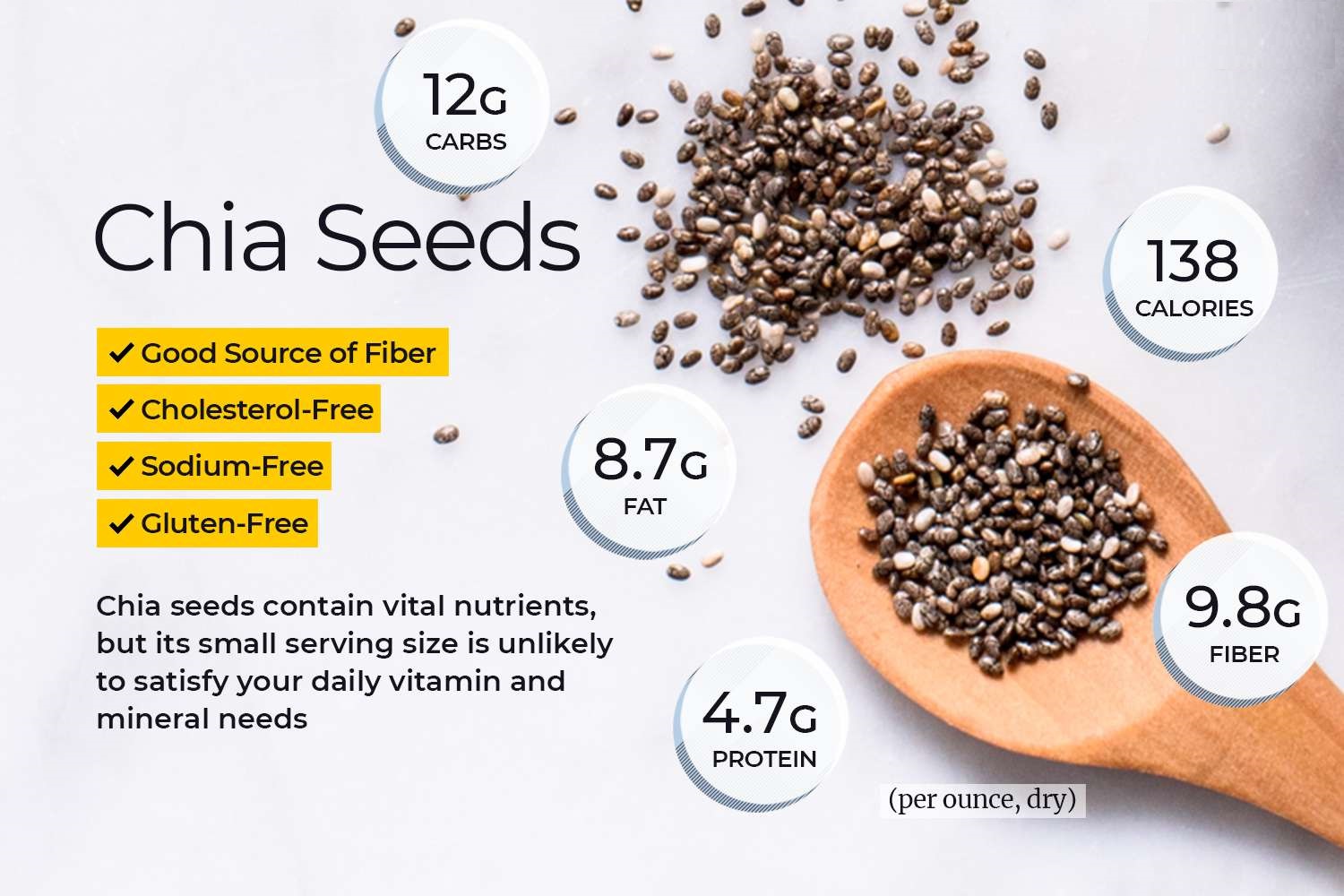
- Omega-3 Fatty Acids: They are one of the best plant-based sources of omega-3 fatty acids, which are essential for heart health.
- Fiber: Chia seeds are high in dietary fiber, which can aid in digestion, help maintain a healthy gut and promote feelings of fullness.
- Protein: They provide a moderate amount of protein, making them a good addition to plant-based diets.
- Antioxidants: Chia seeds contain antioxidants that help fight free radicals, which can reduce oxidative stress and inflammation in the body.
- Minerals: They are rich in essential minerals such as calcium, magnesium, phosphorus, and manganese.
Health Benefits
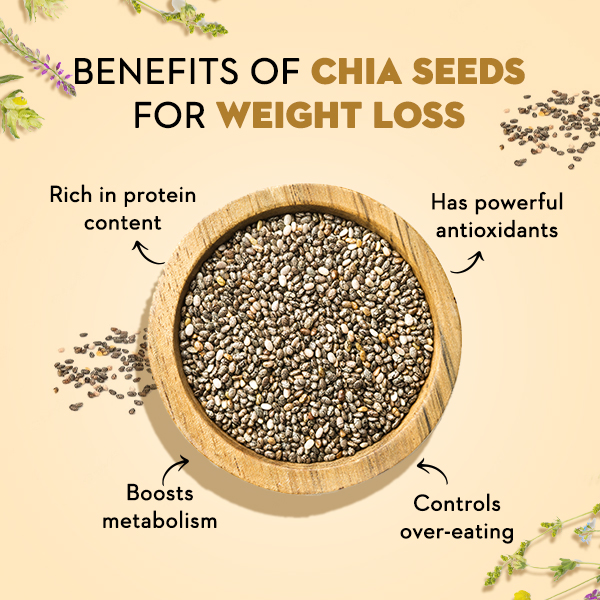
- Supports Heart Health: The omega-3 fatty acids in chia seeds can help reduce inflammation, lower bad cholesterol levels, and improve heart health.
- Aids in Digestion: The high fiber content promotes regular bowel movements and helps prevent constipation.
- Helps in Weight Management: The combination of protein, fiber, and healthy fats can help control appetite and support weight loss by promoting a feeling of fullness.
- Regulates Blood Sugar Levels: The fiber content helps slow down the absorption of sugar in the bloodstream, which can help prevent spikes in blood sugar levels.
- Improves Bone Health: With a high amount of calcium, magnesium, and phosphorus, chia seeds contribute to maintaining strong bones.
- Supports Healthy Skin: The ability of chia seeds to absorb water can help keep the skin hydrated when incorporated into the diet.
- Antioxidant Properties: Antioxidants help reduce inflammation, which is linked to chronic conditions like heart disease, cancer, and diabetes.
- Supports Muscle Repair and Growth: With a moderate amount of protein, chia seeds can aid in muscle repair and growth, especially beneficial for people who engage in regular physical activity.
- Improves Brain Function: Regular consumption of omega-3s has been linked to improved mood and mental clarity.
- Anti-Cancer Properties: Some studies suggest that the omega-3 fatty acids and high fiber content in chia seeds may help reduce the risk of cancer by limiting the growth of cancer cells and promoting healthy cell function
Types
Chia seeds primarily come from the plant Salvia hispanica and are generally available in two main types based on their color: black chia seeds and white chia seeds. Both types have similar nutritional profiles and health benefits, though they may vary slightly in terms of appearance. Here’s a look at these types:
1. Black Chia Seeds

- Appearance: These seeds are small, oval-shaped, and black or dark gray with a mottled pattern. They may sometimes have brown or white flecks.
- Nutritional Content: Black chia seeds contain a similar amount of protein, fiber, omega-3 fatty acids, and antioxidants as white chia seeds. There is no significant nutritional difference between the two.
- Uses: They are commonly used in various recipes like smoothies, baked goods, puddings, and salads. Due to their dark color, they blend well in darker dishes and are less noticeable.
2. White Chia Seeds
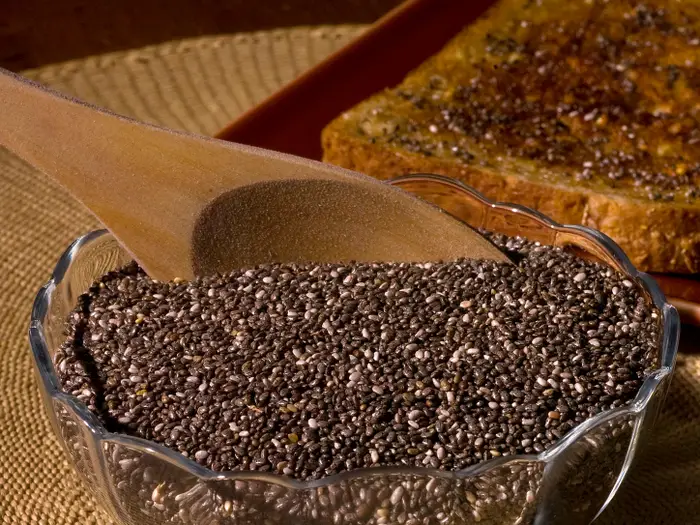
- Appearance: White chia seeds are also small and oval-shaped but are uniformly white or pale gray in color.
- Nutritional Content: The nutritional profile of white chia seeds is almost identical to that of black chia seeds. Any slight difference in nutrient content is negligible and does not significantly affect their health benefits.
- Uses: White chia seeds are often used for aesthetic purposes, especially in recipes where a lighter color is desired, such as in yogurt, light-colored puddings, or desserts.
How to Use Chia Seeds
- Soaking: Soak chia seeds in water, juice, or milk to create a gel-like texture, which can be used in puddings or as a thickening agent.
- Baking: Incorporate chia seeds into bread, muffins, or other baked goods for added nutrition.
- Sprinkling: Sprinkle raw chia seeds over salads, yogurt, cereal, or smoothies for a nutritional boost.
Potential Side Effects
- Digestive Issues: Due to their high fiber content, consuming large amounts of chia seeds without adequate water can lead to digestive issues such as bloating or constipation.
- Choking Hazard: Dry chia seeds can swell and form a gel when exposed to moisture. It’s essential to soak them before consuming them to prevent them from expanding in the esophagus and causing a choking hazard.
Precautions:
- Allergies: Some people may be allergic to chia seeds. Start with a small amount to test for any adverse reactions.
- Digestive Issues: Due to their high fiber content, consuming too many chia seeds at once can cause digestive discomfort or bloating. It’s best to start with a small amount and gradually increase.
- Blood Thinners: Chia seeds can have a blood-thinning effect. Individuals on blood-thinning medications should consult a healthcare professional before incorporating large amounts of chia seeds into their diet.
- Hydration: Chia seeds absorb a lot of water, so it’s important to stay hydrated when consuming them.
This Article is for Basic Information. Contact a professional doctor before using it.
HAKEEM KARAMAT ULLAH
+923090560000

